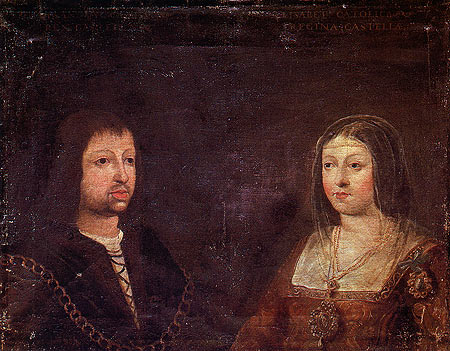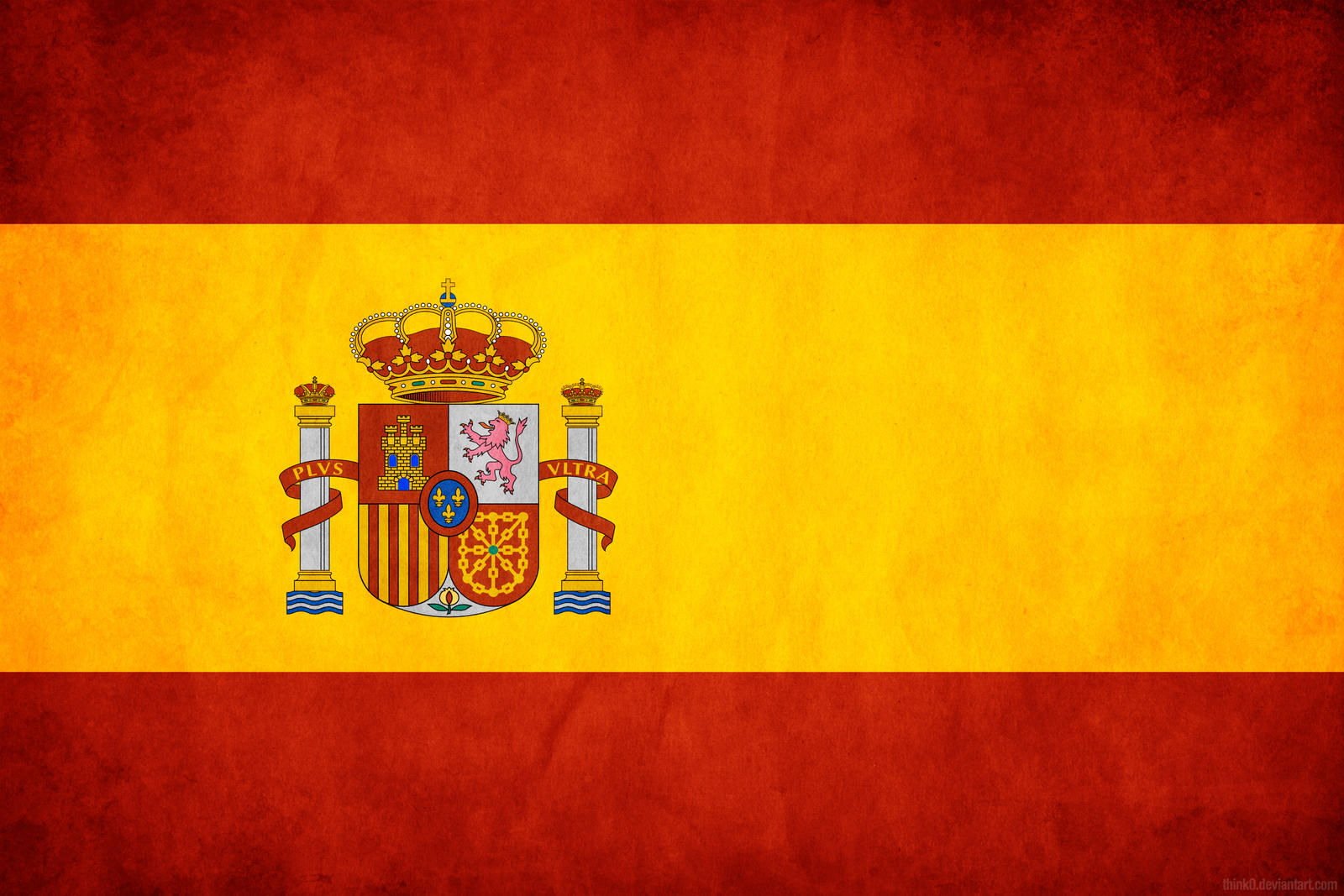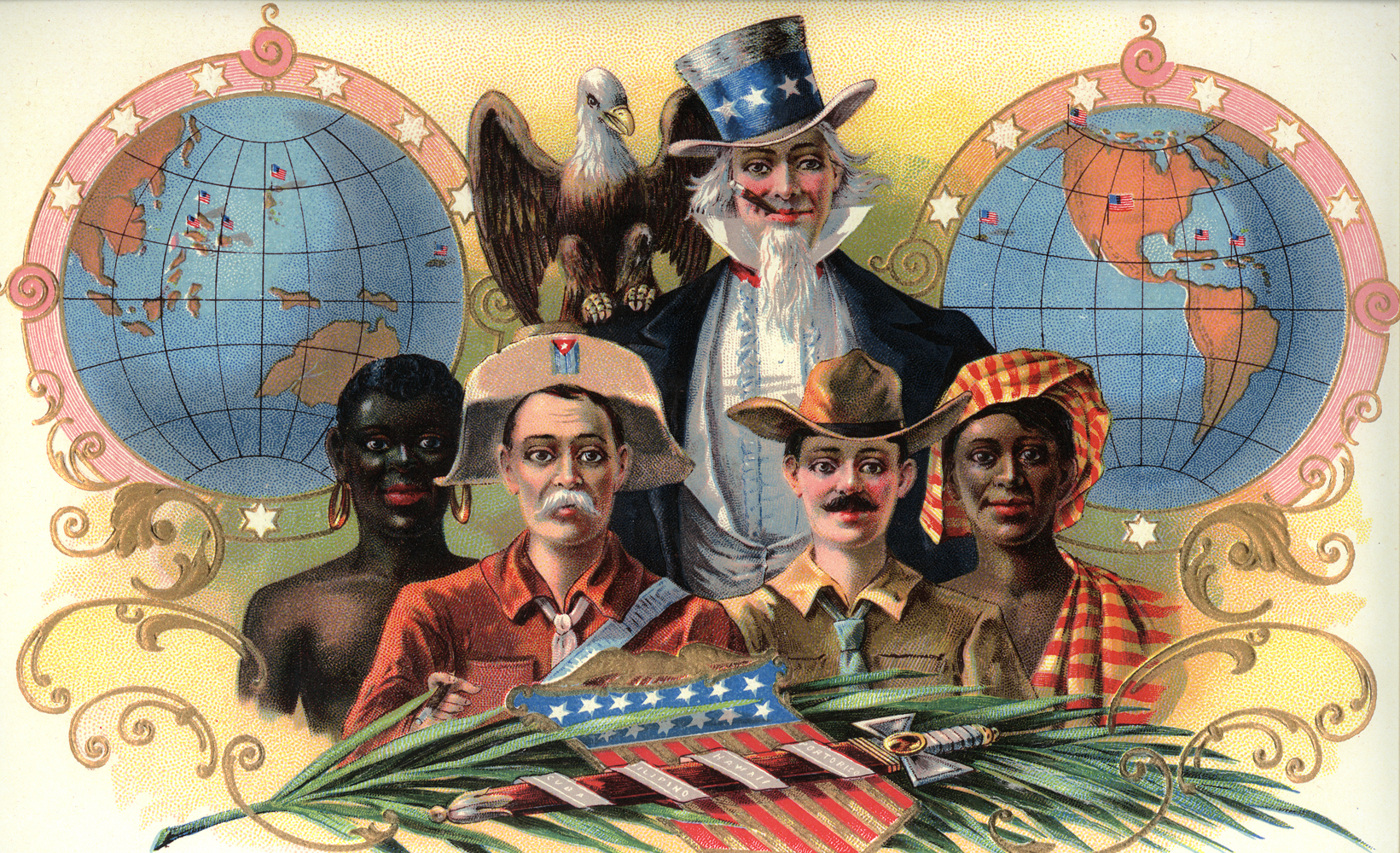1. Languages spoken in Spain
Spanish - When you speak of Spanish language it's the same as Castilian. It's the world's 4th most spoken language, it has more than 400 million native speakers.
Catalan - 4,1 million native speakers. Romance language.
Galician - 2,3 million native speakers. Romance language.
Basque - 720,000 native speakers. The oldest language of Europe, it's not related to any language family. That means it's an isolate language.
Occitan 100,000-800,000 native speakers Romance language.
Asturian - 100,000 native speakers. Romance language.
Aragonese - 54,000 native speakers. Romance language.
Leonese - 20,000-50,000 native speakers. Romance language.
2. Spanish symbols
A lot of history can be seen in the coat-of-arms of Spain. There are the symbols of the different regions:
Castile: up left
Leon: up right
Aragonia: down left
Navarra: down right
Granada: the pomegranate between Aragonia and Navarra
The columns of Hercules are on the sides. That's because in the ancient world the area between Gibraltar and Ceuta was considered the end of the world.
The banner around the columns says: "Plus Ultra" more in the outside. Before Columbus it said "Ne Plus Ultra" nothing outside. That shows how the world view has changed.
3. First World Power
The current state of Spain was born in 1469. The prince of Aragonia, Ferdinand, married Isabella from Castile, which meant the unification of these two kingdoms. España was first time used to designate these two kingdoms as a whole. The root of the word is in "Hispania", which was Spain's name when it was a Roman province. This unification was the beginning of the Spanish Empire which extended its power all over the world after many conquests. It was Queen Isabella in fact who funded the voyage for Columbus, and the rest is history.
 |
| Ferdinand and Isabella wedding portrait |
4. Islamic rule in Iberia (800 years)
It was the year 1492 when two important events happened. Columbus started his first voyage to Latin America which was eventually the key why Spain became the world's first superpower. The other occurrence that year was the final collapse of the Muslim presence, when they lost the fort of Granada. Muslims had been nearly 800-years in the Iberian Peninsula from the year 711 and now it ended finally in 1492. Already after the battle of Tolosa in 1212 the muslims started to lose their power to the christian kingdoms who tried to expel them out of the Iberian Peninsula.
 |
| Alhambra |
 |
| 1120 |
5. The fall of the colonial power
In 1825 Spain had lost all of its Latin American colonies except Cuba and Puerto Rico. It all started when Napoleon attacked Spain in 1807 and Spain got weakened in the war. Meanwhile the Latin American colonies started movements for independence when they saw the chance to strike against Spain.
In 1898 after the Spanish-American War Spain lost its remaining colonies Cuba and Puerto Rico in Latin America and the Philippines and Guam in Asia. The days of glory had passed for Spain permanently.
Famous Spaniards
Salvador Dali - artist
Penelope Cruz - actor
Pedro Almodovar - film director
Antoni Gaudi - architect
Miguel de Cervantes - writer of Don Quijote
In 1898 after the Spanish-American War Spain lost its remaining colonies Cuba and Puerto Rico in Latin America and the Philippines and Guam in Asia. The days of glory had passed for Spain permanently.
Famous Spaniards
Salvador Dali - artist
Penelope Cruz - actor
Pedro Almodovar - film director
Antoni Gaudi - architect
Miguel de Cervantes - writer of Don Quijote
5000bc Iberian tribes inhabit the peninsula
1000bc The Celts from Central Europe mix with the Iberians
100 Christianity arrives
400 Western Roman Empire collapses
500 Western Visigoths establish a kingdom
711 Berbers and arabs spread Islam from Africa
1212 Tolosa fight, Christians take the Peninsula back from the muslims
1230 Leon ja Castile merge
1469 Current Spain borns as a state
1492 The last Moorish kingdom collapses and the 800 year Moslem reign comes to an end in the Iberian Peninsula for good
1492 Columbus sails to Central and South America backed by the queen Isabella
1513 Navarra is attached to Spain
1581 The Netherlands splits off from the Holy Roman Empire
1640 Portugal splits off from the union after 60 years
1807 Napoleon attacks to Spain
1825 All Latin American countries independent besides Cuba and Puerto Rico
1898 Spain loses Cuba, Puerto Rico, Guam and the Philippines to USA
1939-75 General Francisco Franco's dictatorship
1977 First parliament elections in 40 years
1982 Spain joins NATO
1986 Spain joins the predecessor of EU
Sources:
http://en.wikipedia.org/wiki/Spain
Maailman liput maat ja historia - Kimmo Kiljunen


.svg/900px-Escudo_de_Espa%C3%B1a_(mazonado).svg.png)

No comments:
Post a Comment